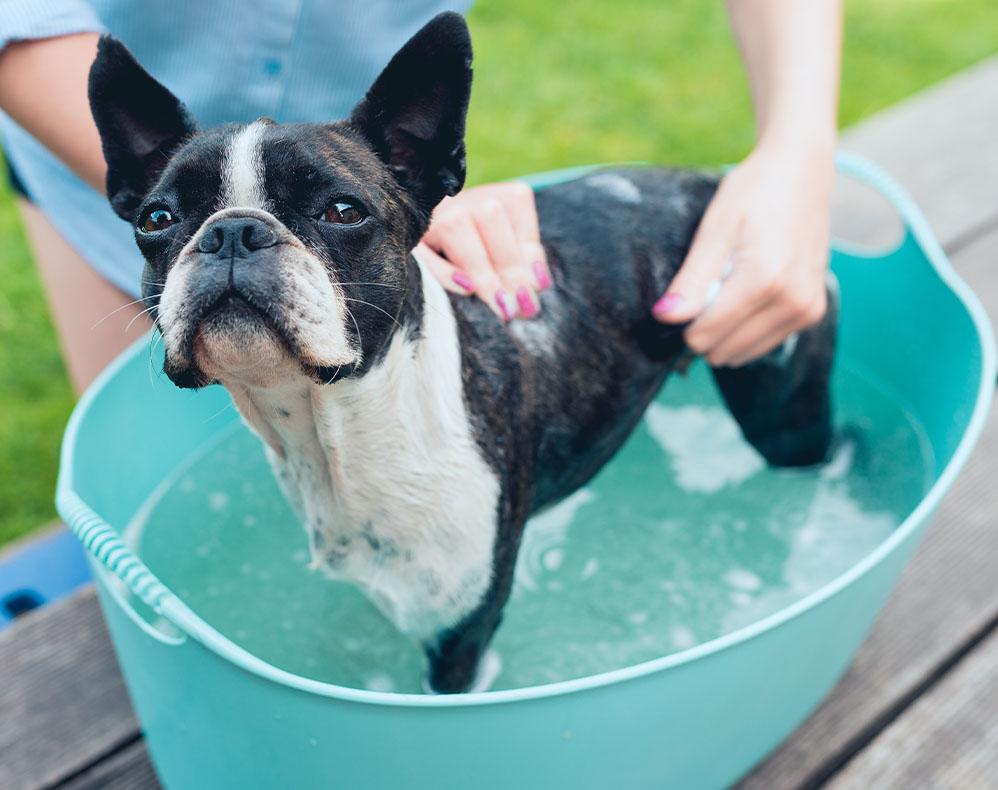When I was a kid, my dogs had flea collars. They smelled a little funny, but they made your parasitic problems vanish when you slipped them on. Flash-forward 40 years and I've found out something I always suspected: many of the chemicals these collars contain may not be safe for animals or for anyone petting them. In fact, according to research conducted by the Natural Resources Defense Council (NRDC), chemicals in flea collars can be easily transferred to anyone or anything nearby. "High levels of pesticide residue can remain on a dog's or cat's fur for weeks after a flea collar is put on an animal," the research says.
Beware of dog, indeed. Yet a house full of fleas or ticks isn't a picnic either. So what can we do to protect our families and our pets without turning our four-legged friends into walking Superfund sites? Here's what the experts suggest:
- Comb your pet frequently using a fine-toothed flea comb. It makes their fur shine and ferrets out the fleas and ticks, which you can drown in soapy water.
- Speaking of soapy water, a bath does wonders because fleas can't survive it. You don't need nor want a flea shampoo -- that's just more of the same toxins you're trying to avoid in the first place. Fleas give up the ghost in any soapy water, so make yours as safe as possible.
- Wash pet bedding in hot water to get rid of eggs and larvae. Thoroughly vacuum any areas your cat or dog frequent, and trash your vacuum bag when you're done so fleas don't escape back into your home.
- Ticks and flea larvae hate hot, dry, exposed areas so keep the vegetation down outside and get rid of any debris in which they could live. If you have an outdoor infestation, get some organic nematodes at a garden supply center and apply them to problem areas.
Even after all this, you may still need some chemical warfare. Plant-based products made from cedarwood, lemongrass, peppermint, rosemary, and thyme are generally seen as safe for pets though you should always watch for allergic reactions. The NRDC has two useful resources you can use to identify acceptable offensive strategies: this handy pocket guide (pdf) will steer you to safer flea and tick ingredients while this product-by-product guide offers the lowdown on virtually every solution on the market. Use them to bite back at whatever's biting your pet and make everyone's summer a healthier one.
Photo: Stuart Richardson


